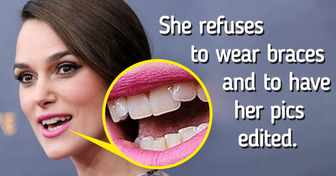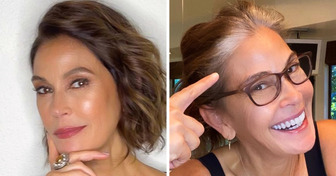15 Wholesome Pictures and Stories of Inspiring Body Changes
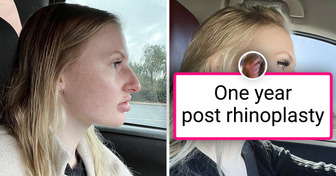
Most of us have noticed small, white, pearly bumps on our skin, but didn’t know what they were or what to do about them. These bumps are called milia, and they’re a common skin concern. In this article, we’ll explain what milia are, what causes them, and how to treat them so that you can say goodbye to these pesky bumps once and for all.
The bumps have an official name, milia (milk spots). They are filled with keratin that gets trapped right below your skin. As a rule, white bumps appear on the eyelids, cheeks, and forehead. Many believe that milia are a form of acne, however, it’s far from the truth, as acne is usually triggered by hormones.
Although no one really knows what causes milia, there are still some possible explanations. Your skin might have been damaged. The effects of irritation, sun exposure, burns, or heavy skincare products can all lead to milia. Another possible reason is a buildup of dead skin, which gets trapped in the pores. Finally, the simplest answer to this is your genes. You might just be genetically predisposed.
You don’t really have to do anything about the bumps because they’re completely harmless. Nevertheless, if you’re concerned about the aesthetic aspect, there are some solutions that might help you. Keep in mind, none of the possible preventative measures have been proven effective. You might still want to give them a try though.
Investing in a good sunscreen and moisturizer is a good idea. These products will help you ensure your skin is protected, soft, and flexible. Don’t forget to apply sunscreen even in winter or when you sit near windows.
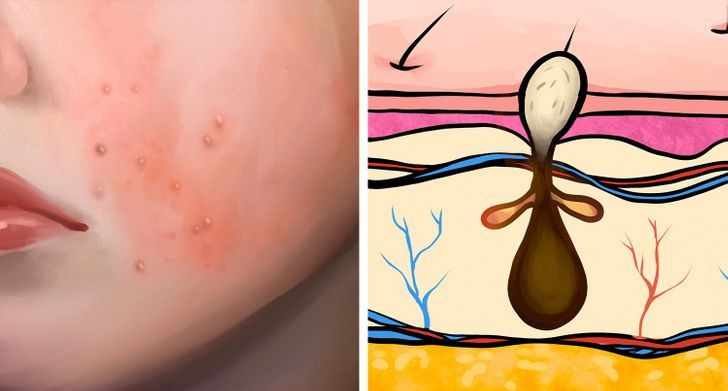
It’s essential not to overdo it. Use gentle scrubs so as not to damage your skin and cause even more bumps. Remove dead cells carefully at home or get professional facial treatments.
It’s believed that retinol is a milia-eradicating ingredient. Retinol creams reveal a smooth layer of skin and prevent buildup. Bear in mind that some retinol-containing products can be harsh on the skin, so opt for gentler ones.
This acid is often recommended as a way to combat acne, and it might work for milia as well. The point is to thin out the skin’s layers. This way, you might be able to release the milia cyst. Apply salicylic acid right before bedtime.
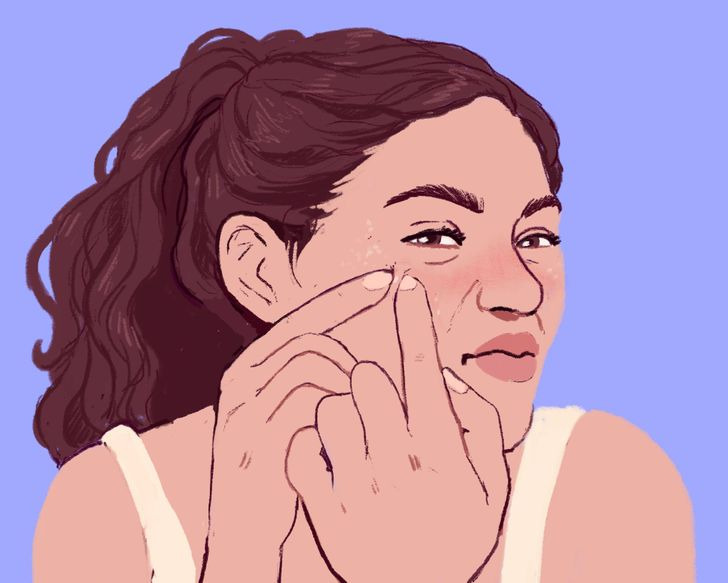
In most cases, milia are not serious and will go away on their own in a matter of a few months. As tempting as it may seem, trying to remove them on your own is actually a bad idea.
If you try to pop them by squeezing them out, you will be disappointed to find that this doesn’t work and that all you’ll get is a red, irritated face with the potential for scarring and infection
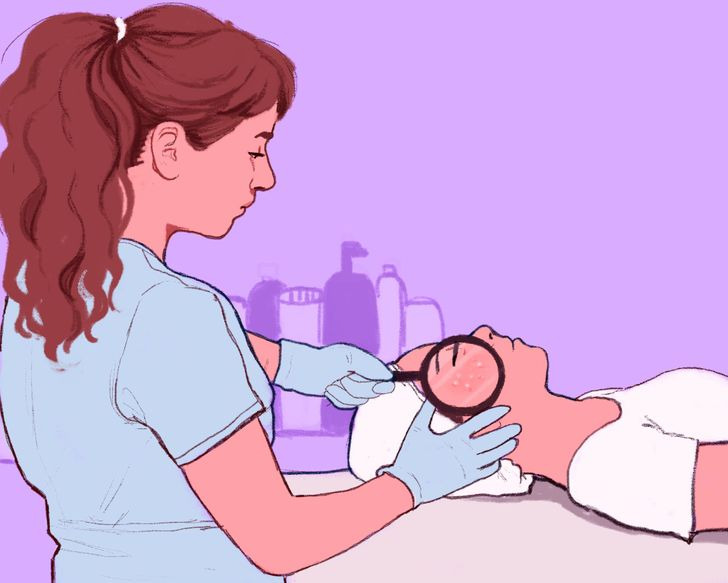
While there is no need to seek urgent medical attention when they appear, there are some people who prefer to get rid of them for cosmetic reasons. In these cases, a dermatologist can help by doing a simple procedure that does not require anesthesia and is performed with a sterile needle. Other types of treatments are also possible, but you should always check your options with an expert and your physician.
Have you ever had this kind of pimple? What was your experience like? How did you get rid of them?

